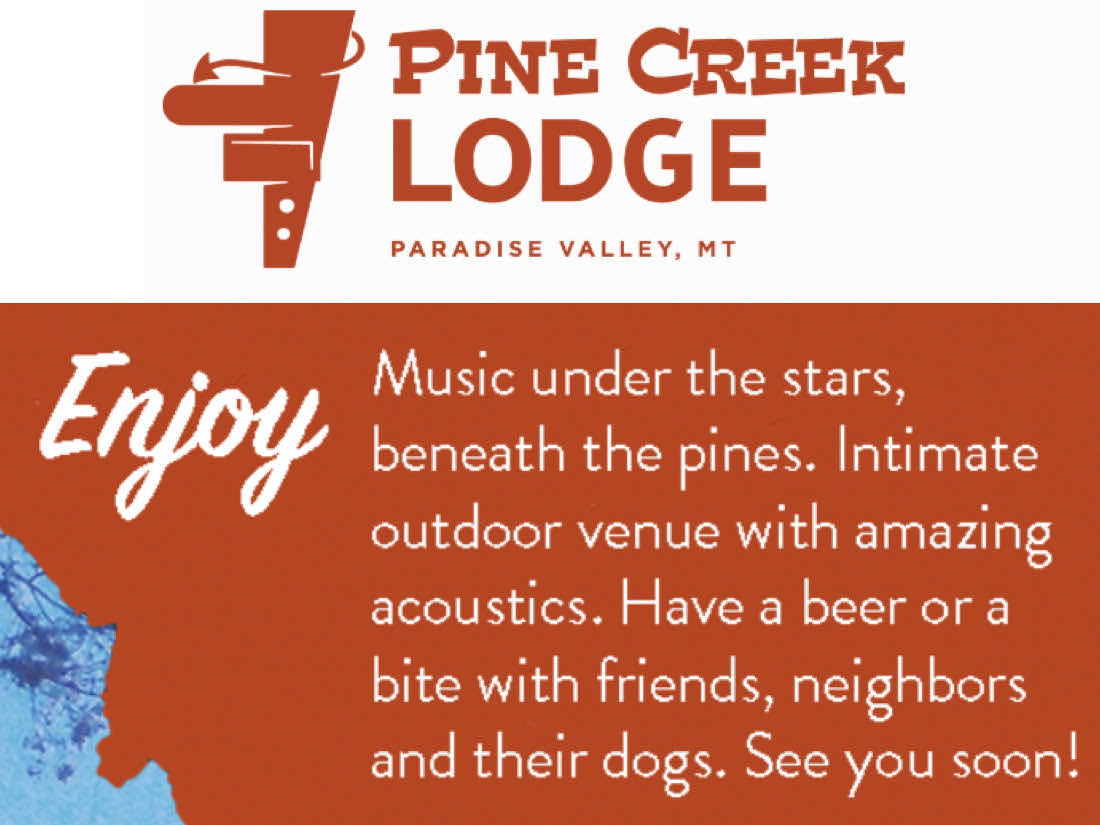 Old Gallagator Trail bridges get a facelift from Rails-to-Trails Conservancy and the Montana Fish, Wildlife & Parks Recreational Trails Program.
Old Gallagator Trail bridges get a facelift from Rails-to-Trails Conservancy and the Montana Fish, Wildlife & Parks Recreational Trails Program.
The three bridges along Gallagator Trail in Bozeman received much needed upgrades in October. Gallagator Trail is an old railway line that carried passengers, mail and cargo from Bozeman to Salesville, now Gallatin Gateway, starting in the early 1900s. The fare was fifty cents and the 21.8 mile trip took about an hour each way. The train was slow, moving at an alligator’s pace, and was dubbed the “Gallagator” line by locals. The last freight train rumbled by on this bed in 1978 and the name stuck when it was converted into a trail and linear park in 1988.
After years as a railway, and decades of heavy trail use, the decking and railings on the three bridges along the Gallagator Trail were in serious need of repair. While the structure was solid (they were engineered to carry trains!) the decking was pitted, splintered, and created safety concerns for bicyclists.
The Gallatin Valley Land Trust (GVLT) partnered with the City of Bozeman to replace the decking in a perpendicular orientation which is much safer for bicyclists. New, more secure railings were also installed to allow for safe viewing of the stream below. Recently, GVLT installed trail counters on the Gallagator Trail to see just how much traffic the trail receives and the numbers are astonishing. With 800–1,000 users per day in the summer along this stretch of trail, the safety improvements are important for the community. During Sweet Pea Festival weekend, one day totaled over 2,000 users!
GVLT secured grant funding for this project from the Rails-to-Trails Conservancy and the Montana Fish, Wildlife & Parks Recreational Trails Program. The overall cost of this important trail improvement was around $40,000. Portions of the trail were closed while contractors made the bridge improvements. GVLT appreciates the public’s patience and respect of the process.
Gallatin Valley Land Trust connects people, communities, and open lands through conservation of working farms and ranches, healthy rivers, and wildlife habitat, as well as the creation of trails in the Montana headwaters of the Missouri and Upper Yellowstone Rivers. For more information, visit www.gvlt.org. •








